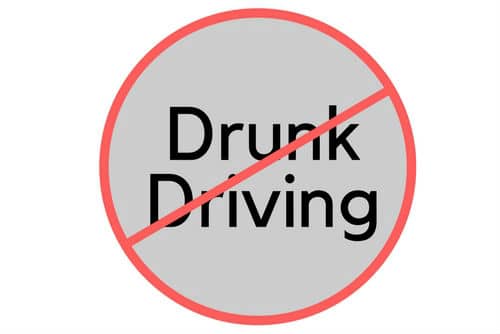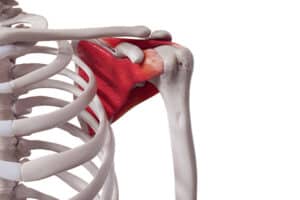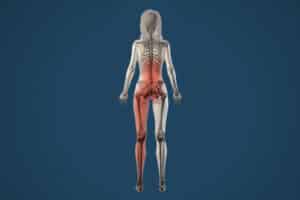Drunk Driving & Accidents

Everyone knows that drunk driving is a problem. Driving after drinking is deadly. If you drive while impaired, you could get arrested or worse—be involved in a traffic crash that causes serious injury such as a brain injury or death. Also called driving under the influence (DUI), drunk driving is the offense of driving or operating a motor vehicle while impaired by alcohol or other drugs, including recreational drugs, to the point where the driver can no longer operate the motor vehicle safely.
Canadian Statistics
In 2015, the police reported 72,039 impaired driving incidents in Canada. This is the lowest number since these statistics were first recorded (that was in 1986). Also, this number was lower than the 2014 number by 4 per cent.
While the Canadian statistics are the lowest since 1986, drunk driving still causes accidents. If we look at the provinces, the provinces with the highest rates of incidents were: the Northwest Territories, Yukon and Saskatchewan. And the provinces with the lowest rates of incidents were: Ontario, Quebec and Manitoba.
Let’s take a look at gender and age. In Canada, most of the people charged with drunk driving are male. However, the number of women charged with drunk driving offences has increased over time — from 8% in 1986 to 20% in 2015. Young adults aged 20 to 24 tended to have the highest rates of offences (by age), but younger people have had the largest declines in rates of offences.
American Statistics
Traffic accidents are predominantly caused by driving under the influence. In the U.S., the National Highway Traffic Safety Administration notes that 28 people die every day in the U.S. due to an alcohol related accident. That equates to one person every 51 minutes. And in the United States, drunk driving crashes claim more than 10,000 lives per year. In 2015, that number was 10,265 deaths.
Impairment – Alcohol and Drugs

Alcohol reduces the function of the brain, impairing thinking, reasoning and muscle coordination. All these abilities are essential to operating a vehicle safely. Alcohol level is measured by the weight of the alcohol in a certain volume of blood. This is called Blood Alcohol Concentration, or BAC. It is against the law to drive with a blood alcohol content exceeding eighty milligrams of alcohol in one hundred millilitres of blood (0.08 BAC). At this level, the crash risk increases exponentially.
If the police have reasonable grounds to believe a person is committing, or at any time within the preceding three hours has committed this offence, they may request the person submit a blood and/ or breath sample. It is also an offence to fail or refuse to comply with the request without a reasonable excuse. The BAC is measured with a breathalyzer, a device that measures the amount of alcohol in a driver’s breath, or by a blood test.
In British Columbia, if a police officer suspects a driver is affected by drugs, they may conduct a standard field sobriety test. A failing performance of this test is grounds to impose sanctions (such as 24-hour prohibition). He or she may have to undergo a drug recognition evaluation by a specialized drug recognition expert.
Other Options
If you have had a fun night out – what can you do? Better to make a plan, than drive under the influence. There is a variety of options available to those who are drivers:
- Take transit to get home
- Determine one person to the be designated driver in your group
- Leave your car where it is, and call a cab to take you home
- Ask a friend to drive you home (in their vehicle or yours)
- A number of the “safe ride” options:
- These services will drive you home
- They will drop you off or they will drive your car directly to your house
- There are at least seven of these companies in the Lower Mainland
- Own Driver, or DesignatedRide.ca are two examples
Stay safe, think about all of your options, and explore the Safe Ride companies that are available. Nobody wants to add themselves to those Canadian driving under the influence statistics.
References
Statistics Canada. Impaired Driving in Canada. Published 2016. https://www.statcan.gc.ca/pub/85-002-x/2016001/article/14679-eng.htm
National Highway Traffic Safety Administration. (U.S.) Risky Driving / Drunk Driving. https://www.nhtsa.gov/risky-driving/drunk-driving (accessed October 12, 2017).
Wikipedia. Driving Under the Influence. https://en.wikipedia.org/wiki/Driving_under_the_influence
(accessed October 12, 2017)








